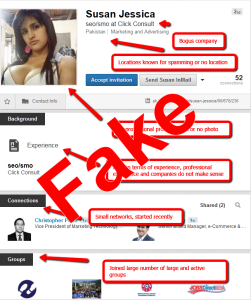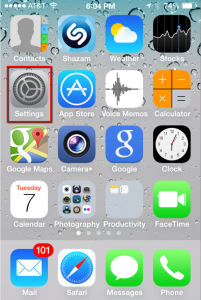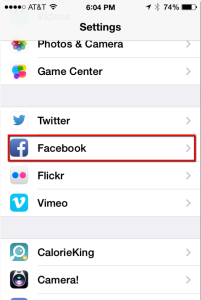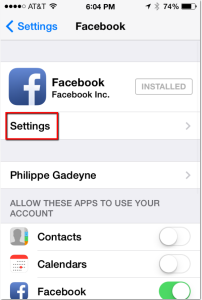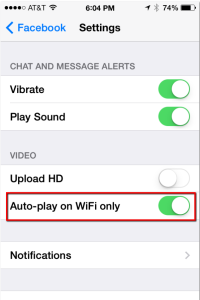 8 years into the making, British members of parliaments were just issued an “idiot guide to Twitter” or, how to tweet without how to avoid being boring, pompous or sued.
8 years into the making, British members of parliaments were just issued an “idiot guide to Twitter” or, how to tweet without how to avoid being boring, pompous or sued.
The “idiot guide to Twitter” guide contains pearls of wisdom… or just some common sense advice to a real time communication tool like Twitter that can be extended to any social media platform.
- Always tell the truth
- Do not tweet while drunk
- Only tweet when ‘when you have something interesting or worthwhile to say’
- Adopt a ’60-second rule’ before posting anything online, composing a message but then waiting ‘one minute before pressing the tweet button’.
- Tweet about ‘almost anything’, including a mix constituency work, parliamentary activity and their personal life.
- Tweet about things normal people are interested in like music, sport, films and TV. ‘But make it genuine, don’t fake an interest in your local football team or Coronation Street if that’s not your thing.’
- It isn’t good practice to constantly retweet tweets that praise you, or even to sarcastically retweet tweets that criticise you. It is too aggrandising and pompous.’
- Instead, favourite every tweet where someone says something nice or positive about you
- Tweet yourself and be yourself, your team can help you, but can’t do it for you
- Talk less than you listen
- Tools make it easier and more effective
- Tweets should never be deleted
- Hashtags improve engagement, but should be used sparingly
- Lists save you time
- Your views aren’t your own
- Photos and video make it more interesting
The “idiot guide to Twitter” was produced for Parliament by the Chartered Institute of Public Relations and officials stated that it had not cost any money to the tax payer
What do you think… chime in in the comment section



